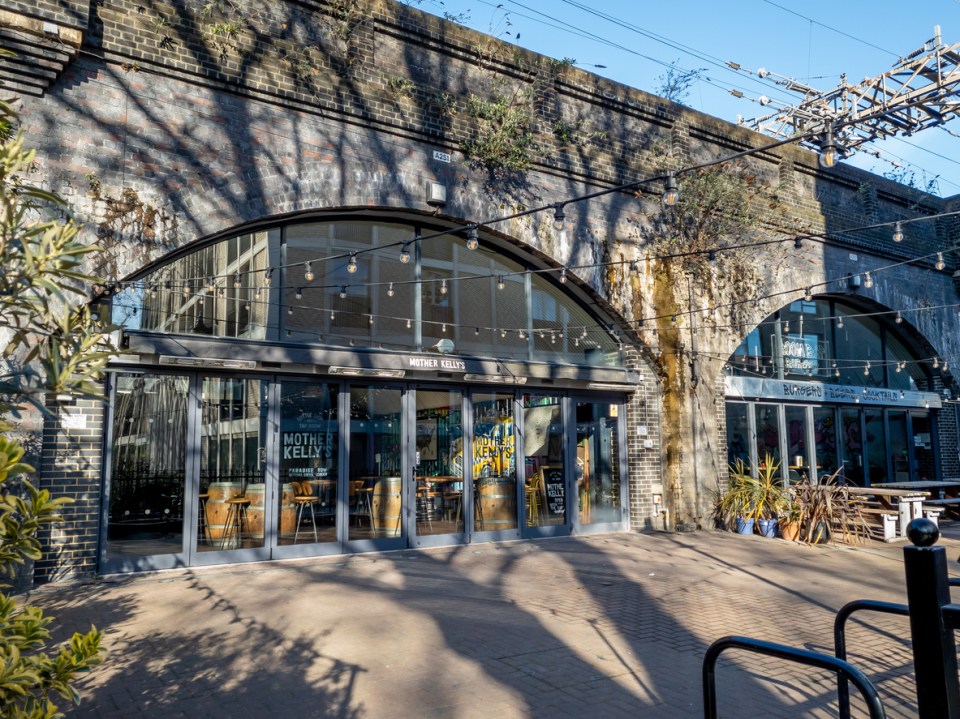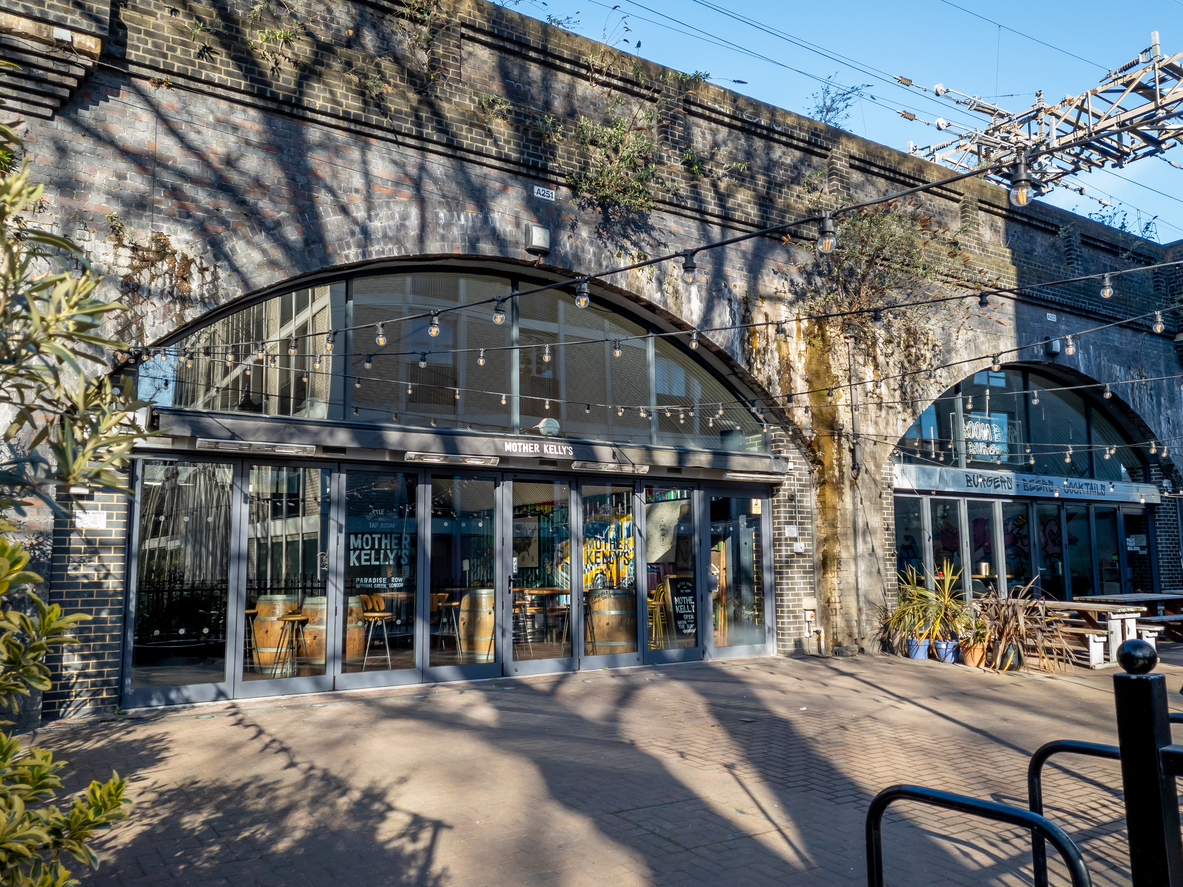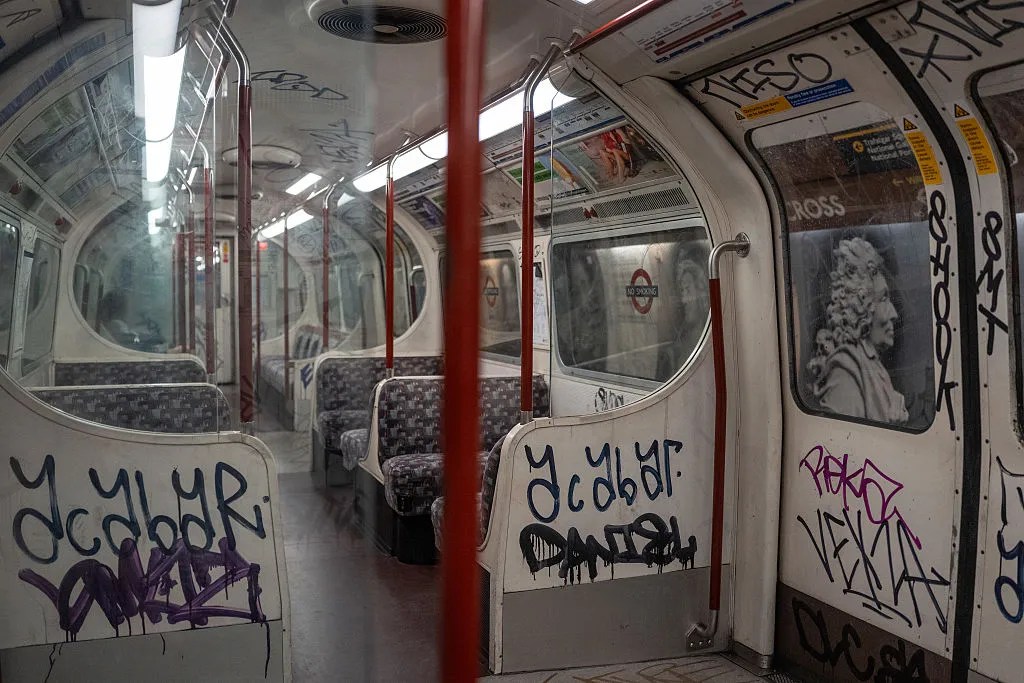Railway arches are functional. If you want to keep a railway bridge horizontal, you’re going to need arches. Once, Network Rail owned these bits that kept the trains in the sky. But these days, they have a price on them, as retail space. There are currently around 5,200 businesses located in railway arches, and in 2018, Network Rail was convinced to part with the lot for £1.5 billion.
Now, these arches are worth at least £2 billion. This is the price that their new owners, the private equity group Blackstone, are paying. Since 2018, Blackstone owned them in collaboration with Telereal Trillium. This month, Blackstone bought out Telereal, establishing a new market value of £2 billion.
Blackstone are legendary for their knack to buy assets well, and work them hard. In England, they control jewels like 125 London Wall, Terry Farrell’s postmodern masterpiece. And dogs, like the plate glass shack of Arundel Great Court on the Strand. As of May last year, the company had more than $1 trillion of property under management.
Whether it is more terrifying to be ruled by the eyeless bugmen of Wall Street or by a leery Cypriot landlord in a string vest is one for the philosophers. Perhaps a more realistic appraisal is that, unlike Georgios, Blackstone understand exactly where the market trend line is. They only make investments they believe will grow. And they have isolated the arches as a place where, even as the high street falls to bits, retail space remains under-valued. This is bad news if your rent already feels like a bargain.
Many tenants have already seen substantial rent rises since 2018. George Grant, owner of Clapham North Motors, said he saw his rent double in the run-up to the sale. A tool hire company, Hire 4 Lower, said it faced a trebling of its rent bill. In 2020, florists Wild at Heart had their rent reassessed. From a 2014 valuation of £54,000, six years on, the landlords were asking for £92,300 per year.
Taking sole ownership should allow Blackstone to ‘sweat the asset’ a touch more. And with it, they will almost certainly perspire out some of the character with which archway shops are synonymous.
At one end of the scale, this is still the land of bike repairs, of MOTs-a-go-go, of bric-a-brac merchants and equipment hire. At the other, they have become a place for craft gin, specialist baking, bouji florists, and the kind of shyster who thinks anything that says G-Plan must be worth £300 after a French polish.
In the past decade, the archway has become a place to recover the variety denied to the high street. It’s where the mucky practicalities of an older Britain has been allowed to persist in otherwise gentrifying inner cities.
And simultaneously, it has been the place where the best kind of gentrification has found its feet. A circle inside a square, a half-moon of glass in brick, it is a naturally stately shape that has proved an ideal medium for modern culture to propagate.
When people grumble about ‘gentrification’, they normally mean the stuff that crowds out this wave. Greggs could be considered gentrification; ShoeZone too: if they push out the baker and the cobbler. The kinds of people who are genuinely upset by the neon sign makers, the 3D printers, or the pilates cafe should be forced to live in Walsall.
And that, potentially is where we are now. At a moment when the good gentrification might be sweated out, into a crude simulacrum of its past. Soon, the aero-press store will become a Blank Street Coffee. The gin joint becomes a BrewDog. The dodgy bike guy becomes a Cycle Republic. The butchers becomes an M&S Food.
Is this that end of the world? Some would say it’s the circle of life. The course of gentrification inevitably sweeps from low value, to artsy pioneers, to safe mid-market gentry.
Only, as with so much of British life, it is becoming increasingly hard to find anything with a pulse. We are already the most homogenised, chain-focused country in Europe, if not the world. That is a function of our focus on financialisation. The pipeline between the asset owner and the asset user is long, and it is rigorously tuned to provide a certain kind of profit: the kind that comes in quarters.
We are already the most homogenised, chain-focused country in Europe, if not the world
One reason for the decline in most high streets is that the property management chains are so tightly geared, that to accept a new tenant at a lower rent would mean that the ‘mark-to-market’ value of the property would drop accordingly, potentially putting the value of the firm’s assets dangerously below that of their liabilities. So even though they lose money month to month, they hold out for a big chain, because the mom ’n’ pops can’t pay what they’d need to keep their balance sheet afloat.
Parts of British business culture can seem like the 2008 crash in miniature: a symphony of short-term incentives and tight margins that mean that whenever something happens, whenever external risk enters the system and a black swan jumps into the gears, it spells another cycle of bearing down on margins.
Our only solution to this seems to be a kind of Fabian economics, where ventures deemed socially valuable but economically underweight are pre-agreed with the state via a programme of ‘affordable rents’. The state is terrible at this. It normally means no 3D print shop, no vintners, but maybe a net zero-friendly appliance recycling workshop.
To grow an economy, you need cheap places to start out. In the early 1990s, the Young British Artists grew out of putting on events for each other in derelict New Cross warehouses long since turned into flats. Just 15 years ago, posh pizza empire Franco Manca began life in its own kind of arches: Market Row in Brixton. Honest Burgers started nearby. Since the Market was taken over by Hondo Enterprises in 2018, the ramshackle energy has been bottled and turned into ‘ramshackle energy’. The once feral stores are now artfully dishevelled. Could the next Franco Manca or Honest Burger emerge from there? Only if they could afford it.
Development is a cycle. It’s just that it’s now also an ever-widening circle. Just as central London now lacks for music venues, necessitating trips to Clapton or Hammersmith, you’ll simply have to go further and further out to find these de-tuned enterprises. So far out that you’ll wonder why you bothered.
Today, no one could make an Amelie de Montmarte-style fantasy travelogue about London, because if they set it in Central it’d be a pretty girl with bangs biking past an infinite cycle of Wagamama, Wahaca, Nando’s and Shake Shack. And if they set it in Nunhead, it’d be in Nunhead.








Comments